|
By Mirja Neumann Ghost gear. What does this ominous term stand for? It refers to any type of fishing gear that’s been left behind by fishing boats - accidentally or on purpose. On our cleanup missions, we mainly find fishing nets, ropes, and lines, but we’ve also encountered some traps. Ghost fishing is what happens when these nets or lines are let loose in the ocean and continue to do their job without an owner. Invisible to fish, these ghosts catch whatever crosses their path. Given that their lifetime can reach up to 600 years depending on the material, this is a big problem. But why would a fishing boat drop its nets in the first place? Nets get stuck on rocks, coral, or other underwater structures, which prevents fishermen from pulling them back onboard. Nets rip and hence lose their value for the fishermen so instead of carrying the extra weight back to shore, they dump them in the ocean. Strong currents sweep away nets. Heavy catches make it impossible to haul them in. There are many reasons and therefore many nets in the ocean. Ghost nets are one of the biggest threats to marine life worldwide. Yet, unlike consumer plastics that end up in the ocean they’re not talked much about. Underwater, out of sight, out of mind. As divers, we’ve seen hundreds, no thousands of them. They’re everywhere. Some places look like fishing gear graveyards. It’s a topic that needs to be addressed. You need to be aware of it because it will affect you at some point as well. Here’s everything you need to know about this silent killer in the ocean. 1. It kills marine life. Big time.Once fishing nets are torn away, lost, or abandoned, they drift around in the currents until they get stuck somewhere or have collected enough organisms to sink to the bottom under their weight. Ghost nets suffocate, drown, maim, and starve hundreds of thousands of marine animals including turtles, sharks, mantas, and whales each year without being of any use to the fishing industry. In fact, an estimated 90% of species caught in ghost nets are of commercial value to fisheries. Since the cycle of killing can continue for decades, you can imagine the economic losses it causes. Corals, the base of the maritime food chain, are also affected by ghost nets. When nets settle on top of sensitive habitats such as coral or seagrass beds, they can damage the tissues of the organisms and smother whole underwater landscapes. Since the nets travel with currents for long distances, they can also spread parasites and invasive species, which cause great harm to marine ecosystems. To sum it up, ghost gear is one of the most lethal threats to a healthy ocean. If the pollution through ghost gear continues at its current rate, fish stocks will be depleted with severe consequences for local communities as well as the fishing industry. 2. It contributes to the world’s plastic crisis.A few decades back, fishermen mostly used gear made from biodegradable materials like cotton, hemp, or wood. In the early twentieth century, the invention of synthetic fibers changed the fishing industry dramatically. Handcrafted cotton nets were replaced with non-biodegradable, durable, lightweight nets made from plastics. Today, the majority of fishing nets consist of nylon. While the strong, light nets ease the immediate burden on fishermen, they pose a great threat to marine life, the fishing industry itself, and seafood consumers. Why? Synthetic fishing nets take decades, some parts even hundreds of years to decay. Every single net that found its way into the ocean may be floating around the ocean without an owner, silently killing and maiming marine life for its entire lifetime. Once the nets start breaking down, the small particles or microplastics are ingested by fish, shellfish, coral polyps, and other marine creatures. If the amount of ingested microplastics doesn’t kill the organisms from the inside, it gets passed up in the food chain and ends up on our plate. We’ve all heard about the massive garbage patches, where ocean trash gets rounded up by the currents. A recent study suggests that roughly 46% of the Great Pacific Garbage Patch consists of lost or abandoned fishing nets. With a whopping 640,000 tons of nets added to the mix each year, ghost nets are the single biggest contributor to the ocean’s plastic crisis. 3. It spoils tourism.Despite its fatal consequences for the fishing and seafood industry, ghost nets also affect people trying to make a living off tourism. Beachgoers, snorkelers, and divers want to see pristine shorelines and bustling coral reefs, not dead coral gardens and oceanic litter. Additionally, nets can damage boats by entangling propellers and anchors. Cleaning up ghost nets is a costly and time-consuming investment that not everybody can afford. However, if nets are not cleaned, tourists don’t return and the financial loss for the tourism industry gets even bigger. 4. There’s no magical cure to it.How amazing would it be if some genius just invented a cure to make this problem go away? Unfortunately, the odds for that happening are extremely low.
Recovering ghost nets from the ocean as we do in our expeditions around the Mergui Archipelago is only a short-term solution to save local marine environments. There’s more organizations like ours helping to remove ghost gear from the ocean in other parts of the world. However, we need to tackle the root of the problem to make a difference. Ghost fishing mostly takes place in the middle of the ocean. Some fishermen, island communities, and tourists may come across it, but the majority of people will never see the problem with their own eyes. Bringing this issue to the public’s attention through reporting on the scope of the problem is the first step to finding a sustainable solution. Strict regulations for the disposal of fishing nets would be the next, obvious attempt to tackle the ghost gear issue. The problem is that commercial fishing predominantly takes place in the open ocean, in international waters, which makes any sort of regulation and enforcement extremely difficult. A few local governments have worked on this issue, but it requires all stakeholders to come together, agree upon appropriate measures, commit to enforcement and set aside a budget to actually make progress. Achieving this will take a long time. Too long. So what can you do on a personal level? Despite supporting organizations and individuals that spend their day working on this issue, you can help us spread the word about ghost gear. If you’re a seafood lover, you can make an effort to eat seafood that’s been caught sustainably. That means inquiring about the area, where the fish has been caught and finding out about the fishing technique as some fishing gear is more destructive for the marine environment than others.
1 Comment
|
Archives |
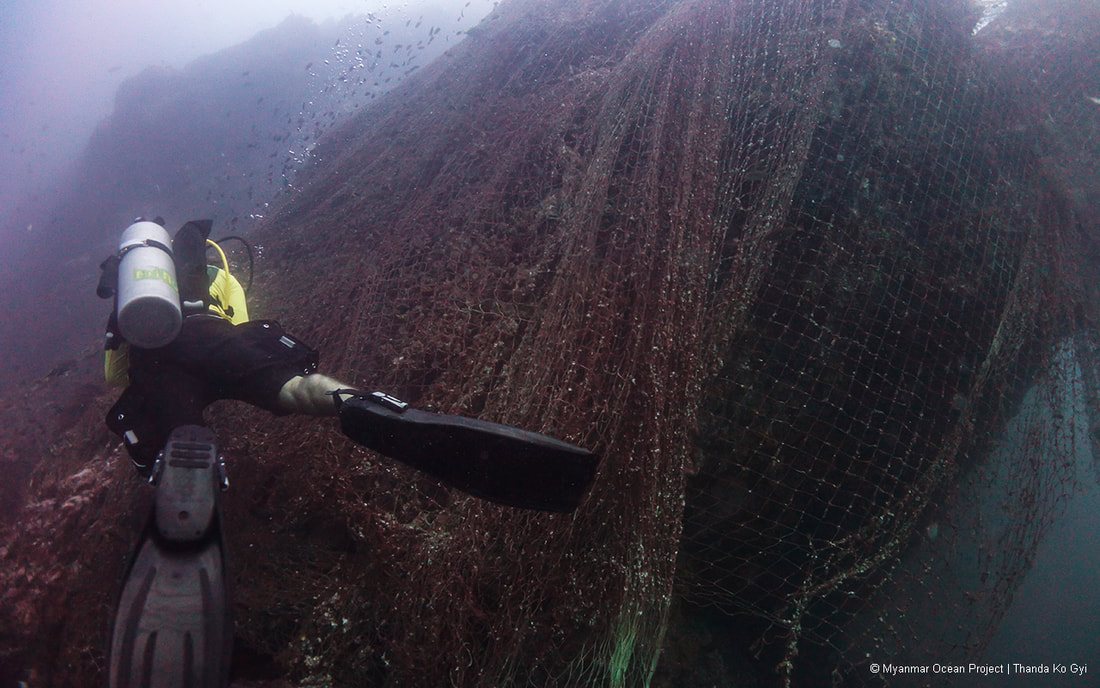
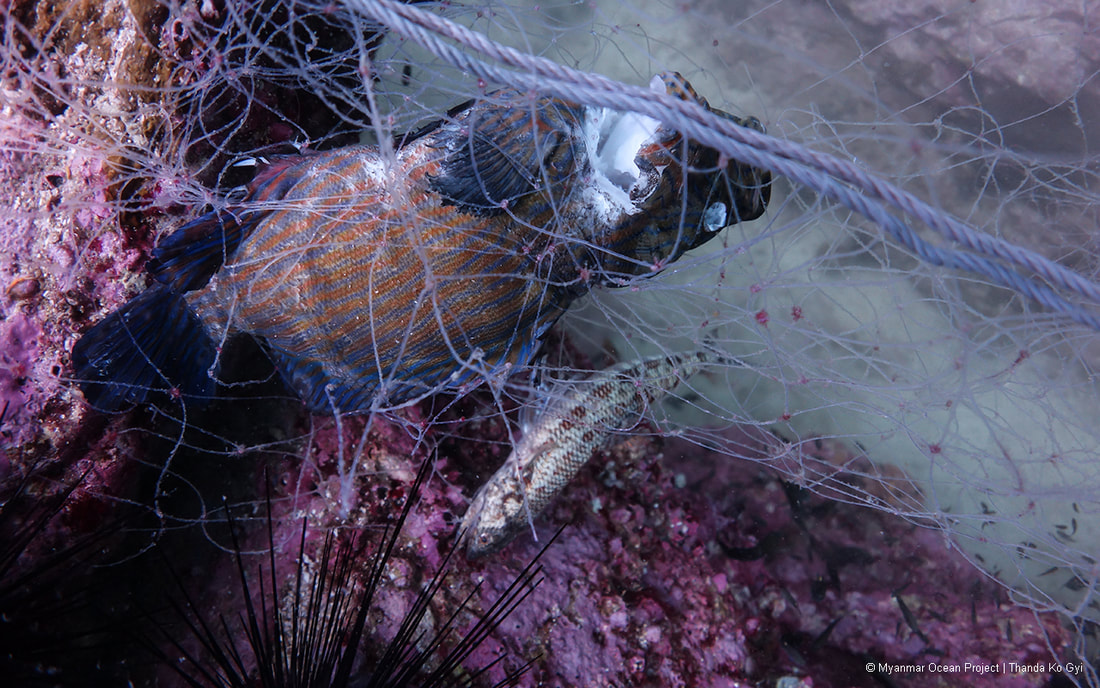
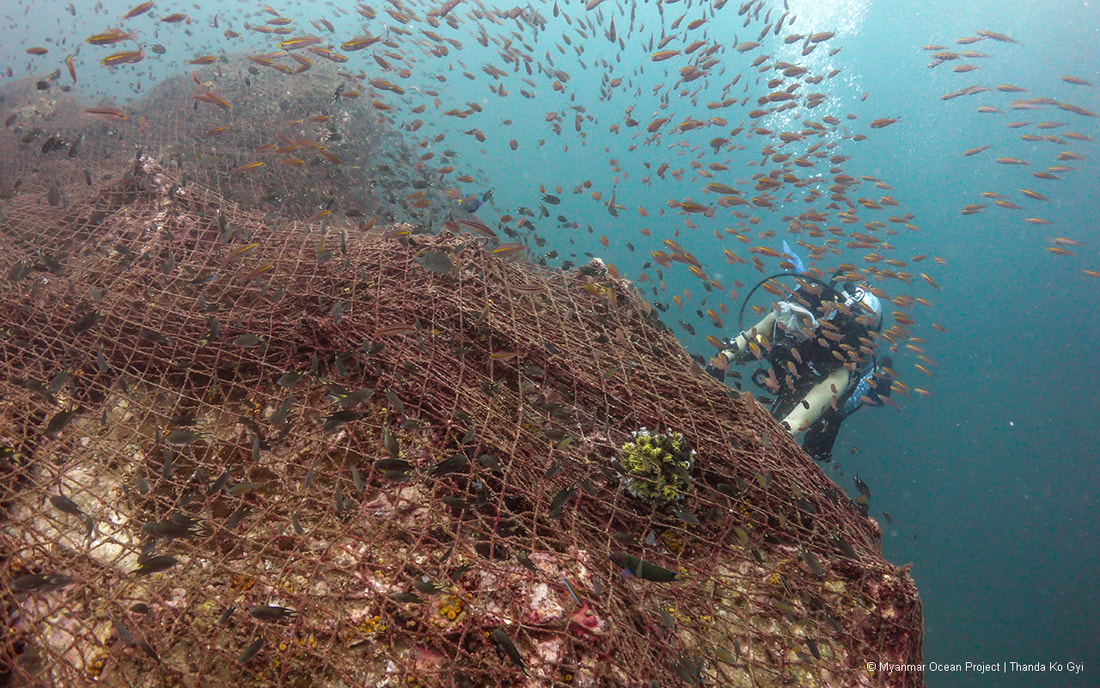
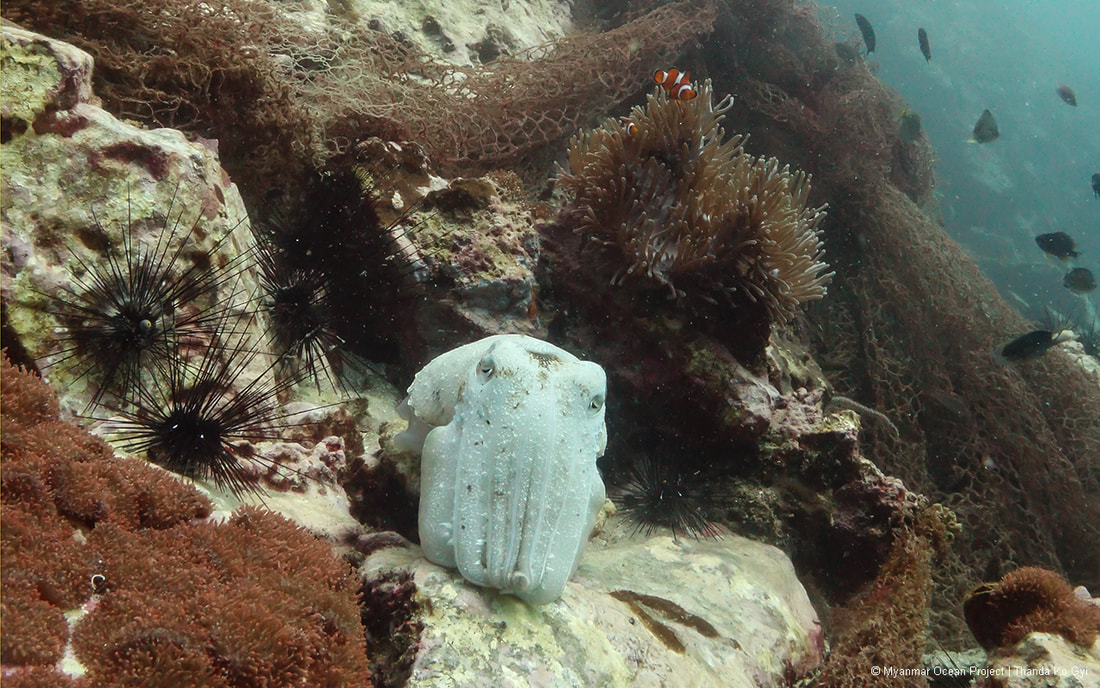
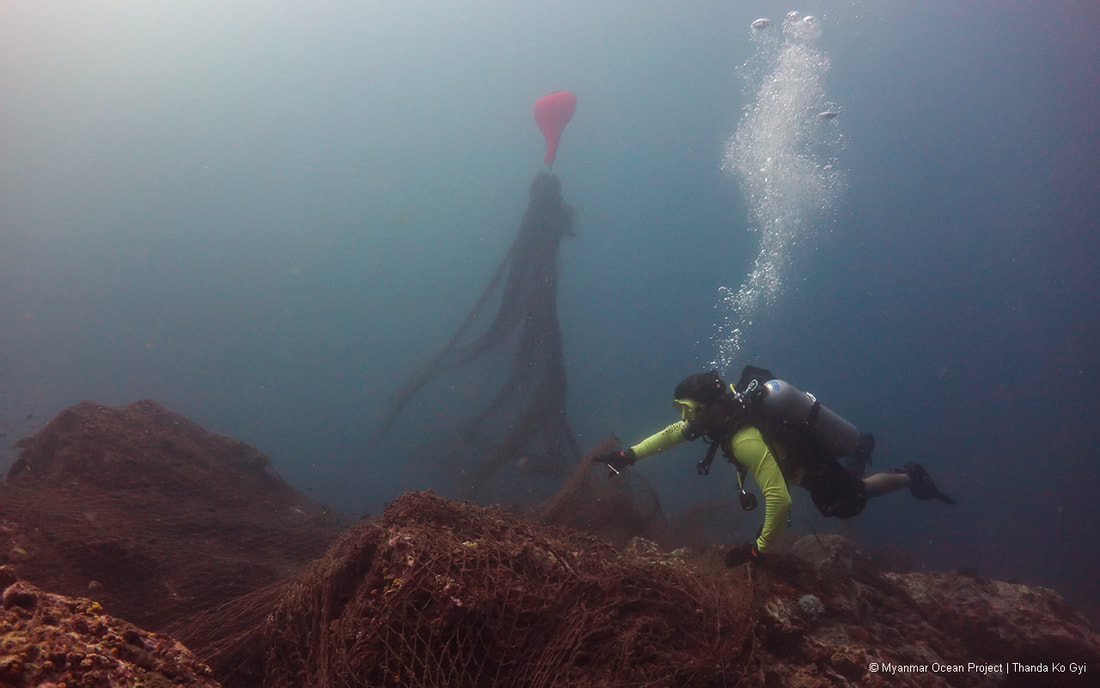
 RSS Feed
RSS Feed